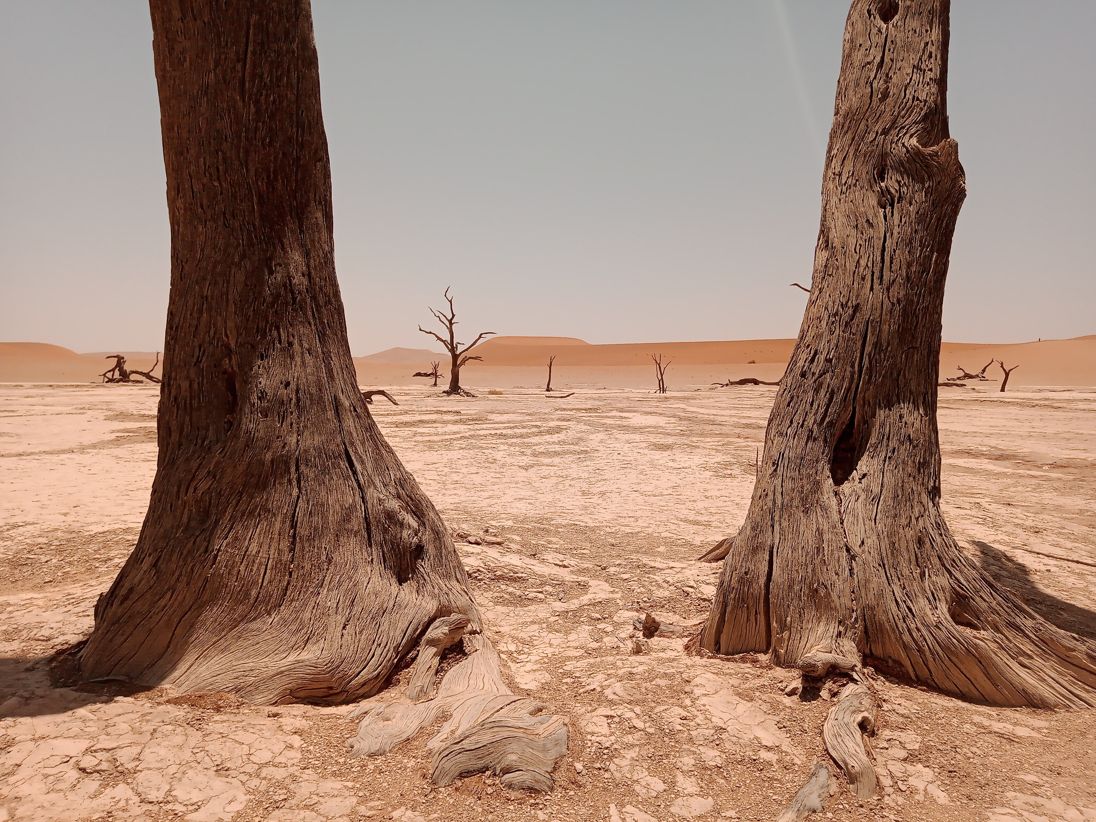
Modern Megadrought: Population, Denial, and Crisis in the American Southwest
- Kathleene Parker
- February 6, 2023
- Forum Papers
- Forum Paper
- 0 Comments
Click here for a downloadable, printable PDF version.
Modern Megadrought: Population, Denial, and Crisis in the American Southwest
An NPG Forum Paper
by Kathleene Parker
February 2023
In the 1990s and early 2000s, as a correspondent for a major New Mexico newspaper, I reported the first warnings by scientists, including those at Los Alamos National Laboratory, about the vulnerabilities the American Southwest – part of the Mojave, Chihuahuan and Sonoran deserts – will face if the region returns, even without climate change, to far-drier norms.
After a prolonged wet spell, the “modern megadrought” hit the Southwest in 2000 and 2001, a lingering, uncompromising, monstrous thing, like no drought in centuries.
It ignited wildfires of unbelievable size and intensity. It triggered die-offs from insects and disease in millions of drought-weakened trees. It emptied reservoirs – in deserts and in mountains. It transformed once-green, productive places, where my family has lived since 1862. (My great-great grandparents’ fields, at the base of Colorado’s Pike’s Peak, helped inspire the “amber waves of grain” reference in Katharine Lee Bates’ “America the Beautiful,” though today – a defining metaphor of our times – those fields are paved over or subdivided.)
Los Alamos scientists often say, “To solve a problem, you must be absolutely certain that you understand the problem.”
In the United States today, we seem not to want to fully understand environmental or resource-depletion problems, because to do so doesn’t jive with our political or economic agendas. The theme – driven by a now-deregulated media no longer adhering to journalistic standards – is that there is nothing we can do about drought, meaning we should all just hunker down and hope plug-in cars will eventually solve climate change and, by extension, drought. And yet:
- The Southwest’s Colorado River system, essential to 45 million people, could collapse as early as 2025, which might set into motion what some say would be a “doomsday scenario.”
- Every Southwest aquifer is now depleted and cannot make up surface-water shortages.
- The Southwest needs, but is not getting, science-based, strong leadership to address all causes of the crisis, including population.
- The region’s huge agricultural industry, the source of over 90 percent of winter produce, might collapse even as ours, the 3rd most populated nation behind only China and India, heads toward 400 million people by 2067 – perhaps millions more than that if Title 42 is revoked.
- Population growth worsens every resource problem: a Mississippi River so low that barges can’t run, floods ravaging Kentucky, hurricanes wiping out Florida communities, tornadoes sweeping across plains now rife with development or drought searing the Southwest and, incidentally, the Northwest, where wildfires raged during 2022. Of note, recent much-ballyhooed California rains have only mildly alleviated drought in central California, while the rest of the state remains in severe drought, as does most of the Colorado River drainage, while an unprecedented winter wildfire burned briefly in the high mountains of northern New Mexico in January 2023. …Continue reading the full Forum paper by clicking here.
Journalist Kathleene Parker grew up in Durango, Colorado, and is a native of the American Southwest, where her family has lived since 1862. She edited and wrote on energy and environmental topics for a Denver Public Library publication that was circulated to eight states, and more recently, covered Los Alamos National Laboratory and northern New Mexico environmental and timber issues for two major New Mexico dailies. She lives just outside Albuquerque and writes nationally on timber, wildfire, water and population issues, and is an outspoken activist for immigration reduction.



